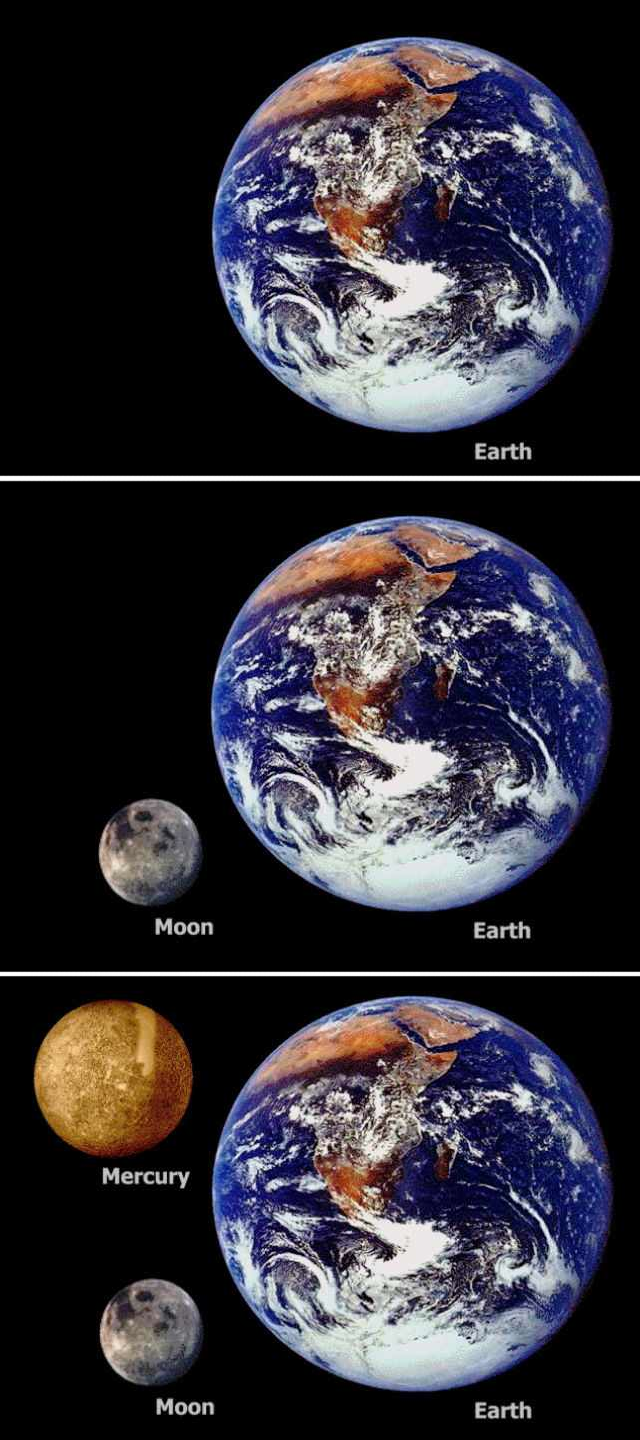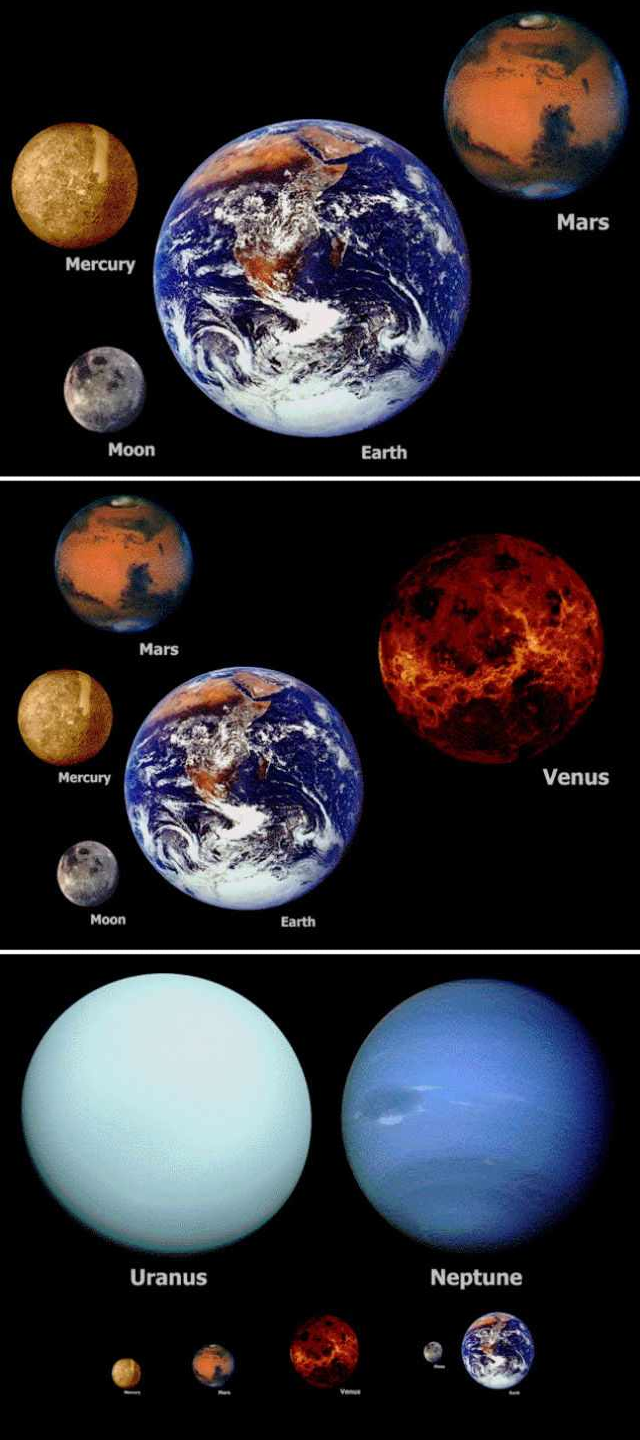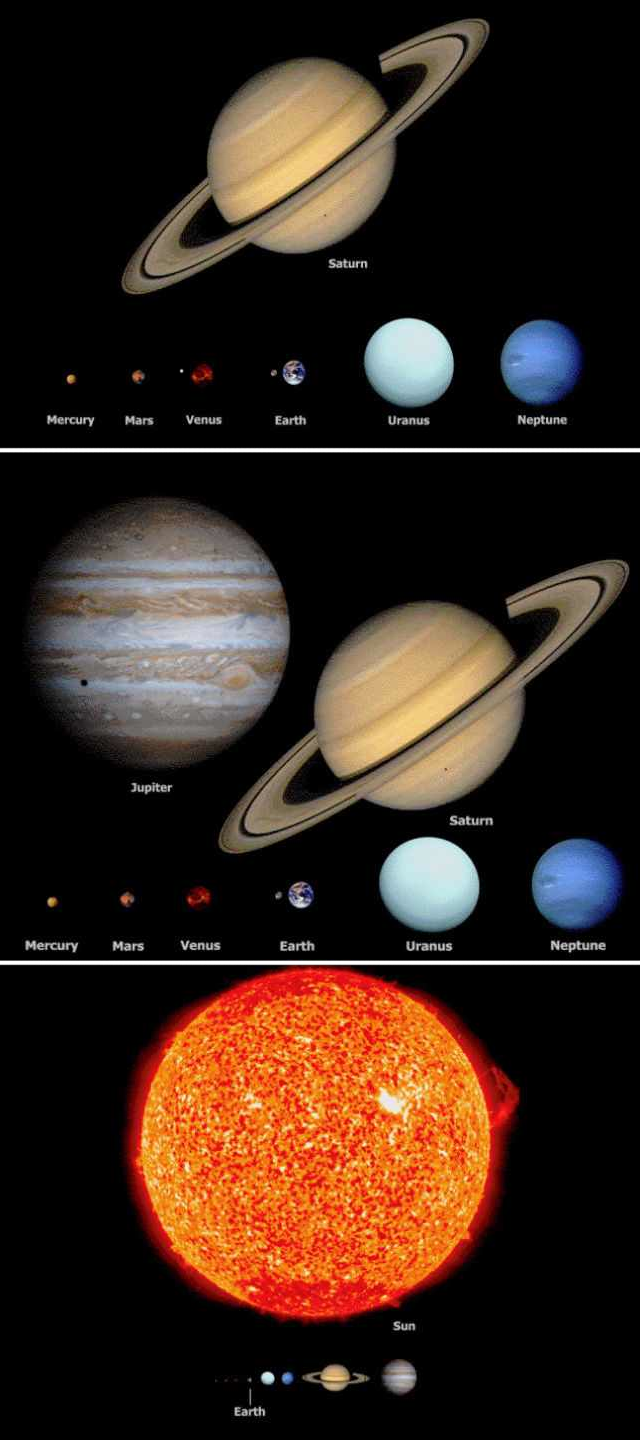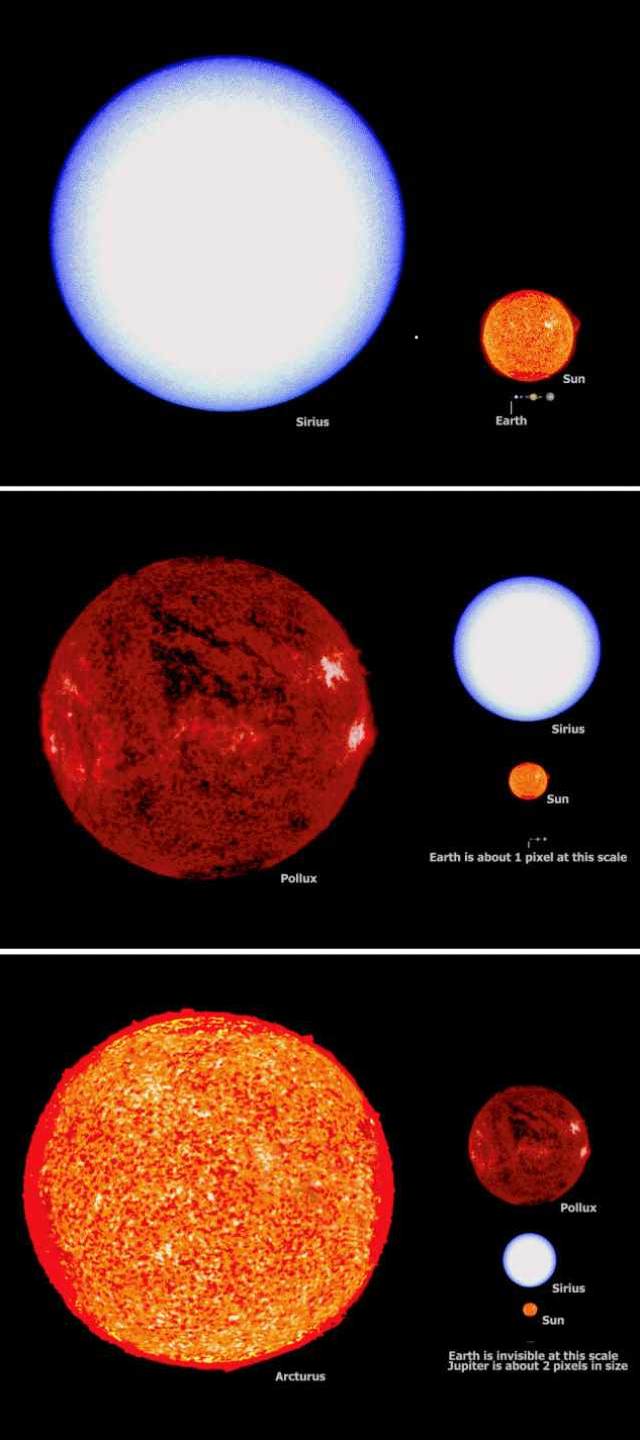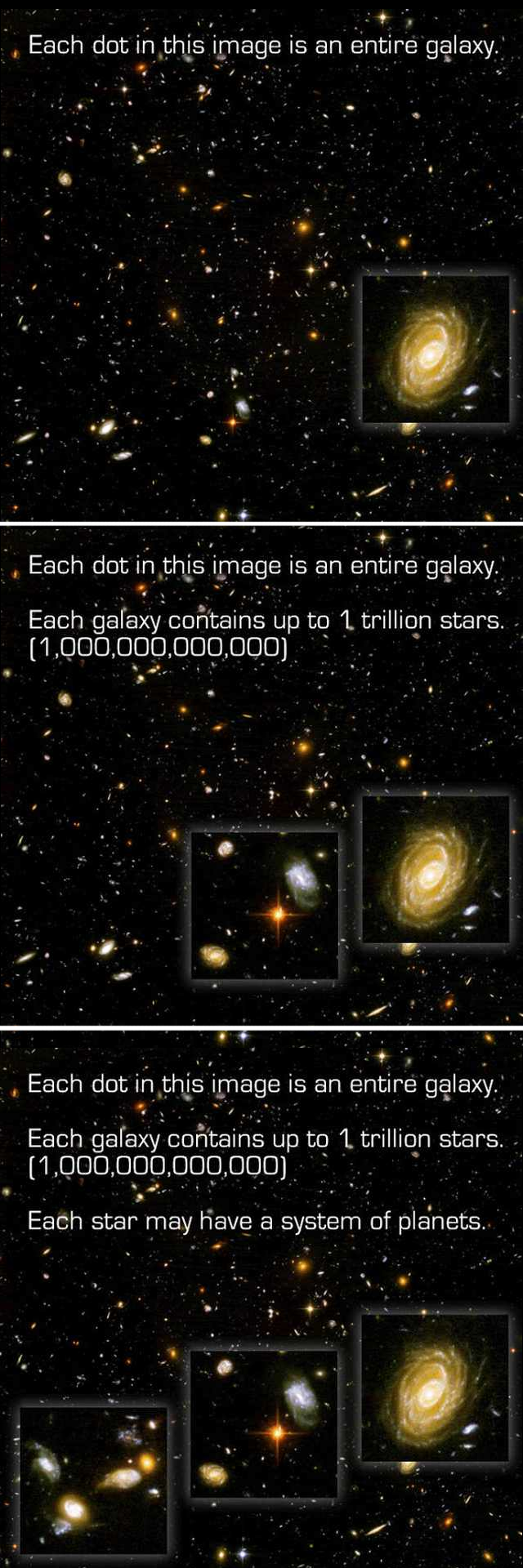Science-child - Space Boii
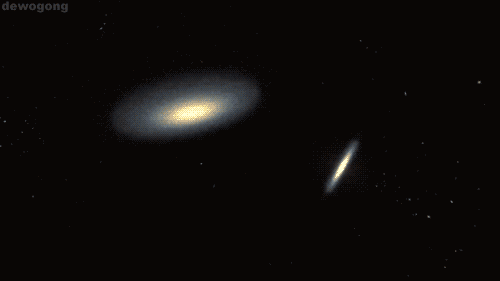
More Posts from Science-child and Others
I've been very curious about the basis on which the landing site is decided! I read that it will land in the Jerezo crater, so is there a particular reason behind choosing that place for the landing?
What do you hope to find on the mars? / What would be the best possible outcome?



I hope you will enjoy this Halloween special. Today, we are trying something a little bit different by exploring the evolution of a particular animal : Bats.
While their evolutionary history is shrouded in mystery, they allow us, nonetheless, to explore 2 interesting ideas :
1- Convergent evolution : How organisms tend to evolve similar (albeit not identical) body plans as solutions to similar problems (flight in birds, bats and pterosaurs)
2- Prediction : Like any theory, evolution is not only descriptive, but also predictive. Thanks to its models and principles, it allows us to make predictions to complement our gap in observational data.
Happy Halloween!
P.S. : The blog in the third picture is neither scientific nor peer-reviewed. But it is a nice illustration of how the common ancestor of bats MIGHT have looked like, and how using basic principles from evolution, phylogeny, and comparative anatomy, we can visualize how some animals have come to be what they are.

Got a question about black holes? Let’s get to the bottom of these odd phenomena. Ask our black hole expert anything!
Black holes are mystifying yet terrifying cosmic phenomena. Unfortunately, people have a lot of ideas about them that are more science fiction than science. Don’t worry! Our black hole expert, Jeremy Schnittman, will be answering your your questions in an Answer Time session on Wednesday, October 2 from 3pm - 4 pm ET here on NASA’s Tumblr! Make sure to ask your question now by visiting http://nasa.tumblr.com/ask!
Jeremy joined the Astrophysics Science Division at our Goddard Space Flight Center in 2010 following postdoctoral fellowships at the University of Maryland and Johns Hopkins University. His research interests include theoretical and computational modeling of black hole accretion flows, X-ray polarimetry, black hole binaries, gravitational wave sources, gravitational microlensing, dark matter annihilation, planetary dynamics, resonance dynamics and exoplanet atmospheres. He has been described as a “general-purpose astrophysics theorist,” which he regards as quite a compliment.

Fun Fact: The computer code Jeremy used to make the black hole animations we featured last week is called “Pandurata,” after a species of black orchid from Sumatra. The name pays homage to the laser fusion lab at the University of Rochester where Jeremy worked as a high school student and wrote his first computer code, “Buttercup.” All the simulation codes at the lab are named after flowers.
Make sure to follow us on Tumblr for your regular dose of space: http://nasa.tumblr.com
Sea Level Rise is on the Rise
As our planet warms, sea levels are rising around the world – and are doing so at an accelerating rate. Currently, global sea level is rising about an eighth of an inch every year.

That may seem insignificant, but it’s 30% more than when NASA launched its first satellite mission to measure ocean heights in 1992 – less than 30 years ago. And people already feel the impacts, as seemingly small increments of sea level rise become big problems along coastlines worldwide.

Higher global temperatures cause our seas to rise, but how? And why are seas rising at a faster and faster rate? There are two main reasons: melting ice and warming waters.
The Ice We See Is Getting Pretty Thin
About two-thirds of global sea level rise comes from melting glaciers and ice sheets, the vast expanses of ice that cover Antarctica and Greenland. In Greenland, most of that ice melt is caused by warmer air temperatures that melt the upper surface of ice sheets, and when giant chunks of ice crack off of the ends of glaciers, adding to the ocean.

In Antarctica – where temperatures stay low year-round – most of the ice loss happens at the edges of glaciers. Warmer ocean water and warmer air meet at the glaciers’ edges, eating away at the floating ice sheets there.

NASA can measure these changes from space. With data from the Ice, Cloud and land Elevation Satellite-2, or ICESat-2, scientists can measure the height of ice sheets to within a fraction of an inch. Since 2006, an average of 318 gigatons of ice per year has melted from Greenland and Antarctica’s ice sheets. To get a sense of how big that is: just one gigaton is enough to cover New York City’s Central Park in ice 1,000 feet deep – almost as tall as the Chrysler Building.
With the Gravity Recovery and Climate Experiment Follow-On (GRACE-FO) mission – a partnership with the German Research Centre for Geosciences – scientists can calculate the mass of ice lost from these vast expanses across Greenland and Antarctica.

It’s not just glaciers in Antarctica and Greenland that are melting, though. Nearly all glaciers have been melting in the last decade, including those in Alaska, High Mountain Asia, South America, and the Canadian Arctic. Because these smaller glaciers are melting quickly, they contribute about the same amount to sea level rise as meltwater from massive ice sheets.

The Water’s Getting Warm
As seawater warms, it takes up more space. When water molecules get warmer, the atoms in those molecules vibrate faster, expanding the volume they take up. This phenomenon is called thermal expansion. It’s an incredibly tiny change in the size of a single water molecule, but added across all the water molecules in all of Earth’s oceans – a single drop contains well over a billion billion molecules – it accounts for about a third of global sea level rise.

So Much to See
While sea level is rising globally, it’s not the same across the planet. Sea levels are rising about an eighth of an inch per year on average worldwide. But some areas may see triple that rate, some may not observe any changes, and some may even experience a drop in sea level. These differences are due to ocean currents, mixing, upwelling of cold water from the deep ocean, winds, movements of heat and freshwater, and Earth’s gravitational pull moving water around. When ice melts from Greenland, for example, the drop in mass decreases the gravitational pull from the ice sheet, causing water to slosh to the shores of South America.
That’s where our view from space comes in. We’re launching Sentinel-6 Michael Freilich, an international partnership satellite, to continue our decades-long record of global sea level rise.

what is the biggest challenge in the preparation of such a mission and how do you handle it?
Are You Up to the Task of Navigating Space with NASA?

We’re committed to exploration and discovery, journeying to the Moon, Mars, and beyond. But how do we guide our missions on their voyage among the stars? Navigation engineers lead the way!
Using complex mathematical formulas, navigation experts calculate where our spacecraft are and where they’re headed. No matter the destination, navigating the stars is a complicated challenge that faces all our missions. But, we think you’re up to the task!
Our space navigation workbook lets you explore the techniques and mathematical concepts used by navigation engineers. The book delves into groundbreaking navigation innovations like miniaturized atomic clocks, autonomous navigation technologies, using GPS signals at the Moon, and guiding missions through the solar system with X-ray emissions from pulsars — a type of neutron star. It also introduces you to experts working with NASA’s Space Communications and Navigation program at Goddard Space Flight Center in Greenbelt, Maryland.
If you’re a high schooler who dreams of guiding a rover across the rocky surface of Mars or planning the trajectory of an observer swinging around Venus en route to the Sun, this workbook is for you! Download it today and start your adventure with NASA: https://go.nasa.gov/3i7Pzqr
Roman’s Heat-Vision Eyes Are Complete!

Our Nancy Grace Roman Space Telescope team recently flight-certified all 24 of the detectors the mission needs. When Roman launches in the mid-2020s, the detectors will convert starlight into electrical signals, which will then be decoded into 300-megapixel images of huge patches of the sky. These images will help astronomers explore all kinds of things, from rogue planets and black holes to dark matter and dark energy.

Eighteen of the detectors will be used in Roman’s camera, while another six will be reserved as backups. Each detector has 16 million tiny pixels, so Roman’s images will be super sharp, like Hubble’s.

The image above shows one of Roman’s detectors compared to an entire cell phone camera, which looks tiny by comparison. The best modern cell phone cameras can provide around 12-megapixel images. Since Roman will have 18 detectors that have 16 million pixels each, the mission will capture 300-megapixel panoramas of space.
The combination of such crisp resolution and Roman’s huge view has never been possible on a space-based telescope before and will make the Nancy Grace Roman Space Telescope a powerful tool in the future.
Learn more about the Roman Space Telescope!
Make sure to follow us on Tumblr for your regular dose of space!
-
 givemeuniversalcrossovers reblogged this · 2 weeks ago
givemeuniversalcrossovers reblogged this · 2 weeks ago -
 welcometothemindparty reblogged this · 2 weeks ago
welcometothemindparty reblogged this · 2 weeks ago -
 laranja26 reblogged this · 4 weeks ago
laranja26 reblogged this · 4 weeks ago -
 dova-kiin-got-bored reblogged this · 1 month ago
dova-kiin-got-bored reblogged this · 1 month ago -
 dova-kiin-got-bored liked this · 1 month ago
dova-kiin-got-bored liked this · 1 month ago -
 gbxilschmidt liked this · 1 month ago
gbxilschmidt liked this · 1 month ago -
 sarahs-delights liked this · 1 month ago
sarahs-delights liked this · 1 month ago -
 it-s-gone-blue reblogged this · 1 month ago
it-s-gone-blue reblogged this · 1 month ago -
 incredifishface reblogged this · 1 month ago
incredifishface reblogged this · 1 month ago -
 wachsurfer2018 liked this · 1 month ago
wachsurfer2018 liked this · 1 month ago -
 hreog reblogged this · 1 month ago
hreog reblogged this · 1 month ago -
 fullofnightnoises reblogged this · 1 month ago
fullofnightnoises reblogged this · 1 month ago -
 pavelbelyayev reblogged this · 1 month ago
pavelbelyayev reblogged this · 1 month ago -
 62hrs reblogged this · 2 months ago
62hrs reblogged this · 2 months ago -
 lireb-librarian liked this · 2 months ago
lireb-librarian liked this · 2 months ago -
 joresearchjournal liked this · 2 months ago
joresearchjournal liked this · 2 months ago -
 ash1102 reblogged this · 2 months ago
ash1102 reblogged this · 2 months ago -
 outro-sagitariano-no-mundo reblogged this · 2 months ago
outro-sagitariano-no-mundo reblogged this · 2 months ago -
 notfangs liked this · 2 months ago
notfangs liked this · 2 months ago -
 proto-indo-european reblogged this · 2 months ago
proto-indo-european reblogged this · 2 months ago -
 dailysheus liked this · 2 months ago
dailysheus liked this · 2 months ago -
 paranoidpony liked this · 2 months ago
paranoidpony liked this · 2 months ago -
 wellarentyoujustarayofpitchblack reblogged this · 2 months ago
wellarentyoujustarayofpitchblack reblogged this · 2 months ago -
 honeymilkblossom liked this · 2 months ago
honeymilkblossom liked this · 2 months ago -
 herehaveafandom reblogged this · 2 months ago
herehaveafandom reblogged this · 2 months ago -
 godofgriffins reblogged this · 2 months ago
godofgriffins reblogged this · 2 months ago -
 godofgriffins liked this · 2 months ago
godofgriffins liked this · 2 months ago -
 odlevi liked this · 2 months ago
odlevi liked this · 2 months ago -
 de-cor-acao reblogged this · 2 months ago
de-cor-acao reblogged this · 2 months ago -
 valeane liked this · 2 months ago
valeane liked this · 2 months ago -
 lilacs-world liked this · 2 months ago
lilacs-world liked this · 2 months ago -
 toomuchgas10 liked this · 2 months ago
toomuchgas10 liked this · 2 months ago -
 egww liked this · 2 months ago
egww liked this · 2 months ago -
 amoremvao liked this · 3 months ago
amoremvao liked this · 3 months ago -
 anarchistabsol liked this · 3 months ago
anarchistabsol liked this · 3 months ago -
 aster-28 reblogged this · 3 months ago
aster-28 reblogged this · 3 months ago -
 aster-28 reblogged this · 3 months ago
aster-28 reblogged this · 3 months ago -
 aster-28 liked this · 3 months ago
aster-28 liked this · 3 months ago -
 pensiveladybug liked this · 3 months ago
pensiveladybug liked this · 3 months ago -
 le-yl liked this · 3 months ago
le-yl liked this · 3 months ago -
 luluartpop liked this · 3 months ago
luluartpop liked this · 3 months ago -
 schrodingers-slut liked this · 3 months ago
schrodingers-slut liked this · 3 months ago -
 peppermintschnapps reblogged this · 3 months ago
peppermintschnapps reblogged this · 3 months ago -
 blacklicoriceaddict liked this · 3 months ago
blacklicoriceaddict liked this · 3 months ago -
 lilo-1997 reblogged this · 3 months ago
lilo-1997 reblogged this · 3 months ago -
 outtafvcks liked this · 3 months ago
outtafvcks liked this · 3 months ago

